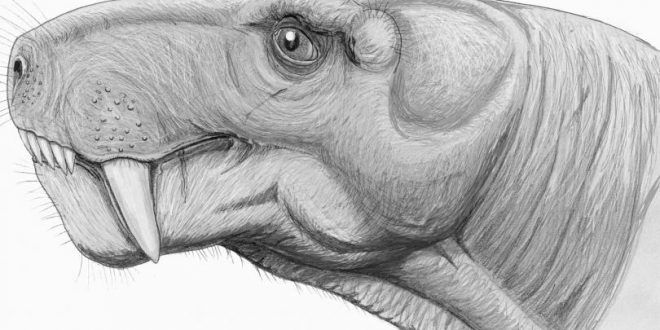The scientists discovered the compound odontoma tumor in the fossilized jaw of a gorgonopsian, a precursor to mammals that lived 255 million years ago. The fossil was unearthed in Tanzania in 2007.
Judy Skog, program director at the National Science Foundation’s Division of Earth Sciences, said in a statement that, until now, the earliest known evidence of compound odontoma was a mammal fossil about one million years old. The latest discovery indicates that the cause of odontoma wasn’t just linked to the traits in modern species.
The study was prompted by wanting to understand the evolution of mammalian features, some of which may have been passed down to mammals, who evolved about 100 million years ago.
“Most reptiles alive today fuse their teeth directly to the jawbone. But mammals do not: We use tough, but flexible, string-like tissues to hold teeth in their sockets. And I wanted to know if the same was true for gorgonopsians,” Megan Whitney, lead author of the study and UW biology graduate student, said in the statement.
There have been previous recorded cases of odontoma in other mammals, long before humans evolved, but those are all within the last 1 million years only. However, the gorgonopsian tumor is not the oldest tumor on record. A fish had cancer 300 million years ago, and another possible case occurred as long back as 350 million years ago.
The findings were detailed in a letter titled “Odontoma in a 255-Million-Year-Old Mammalian Forebear” that was published Thursday in the Journal of the American Medical Association Oncology.
Agencies/Canadajournal
 Canada Journal – News of the World Articles and videos to bring you the biggest Canadian news stories from across the country every day
Canada Journal – News of the World Articles and videos to bring you the biggest Canadian news stories from across the country every day



